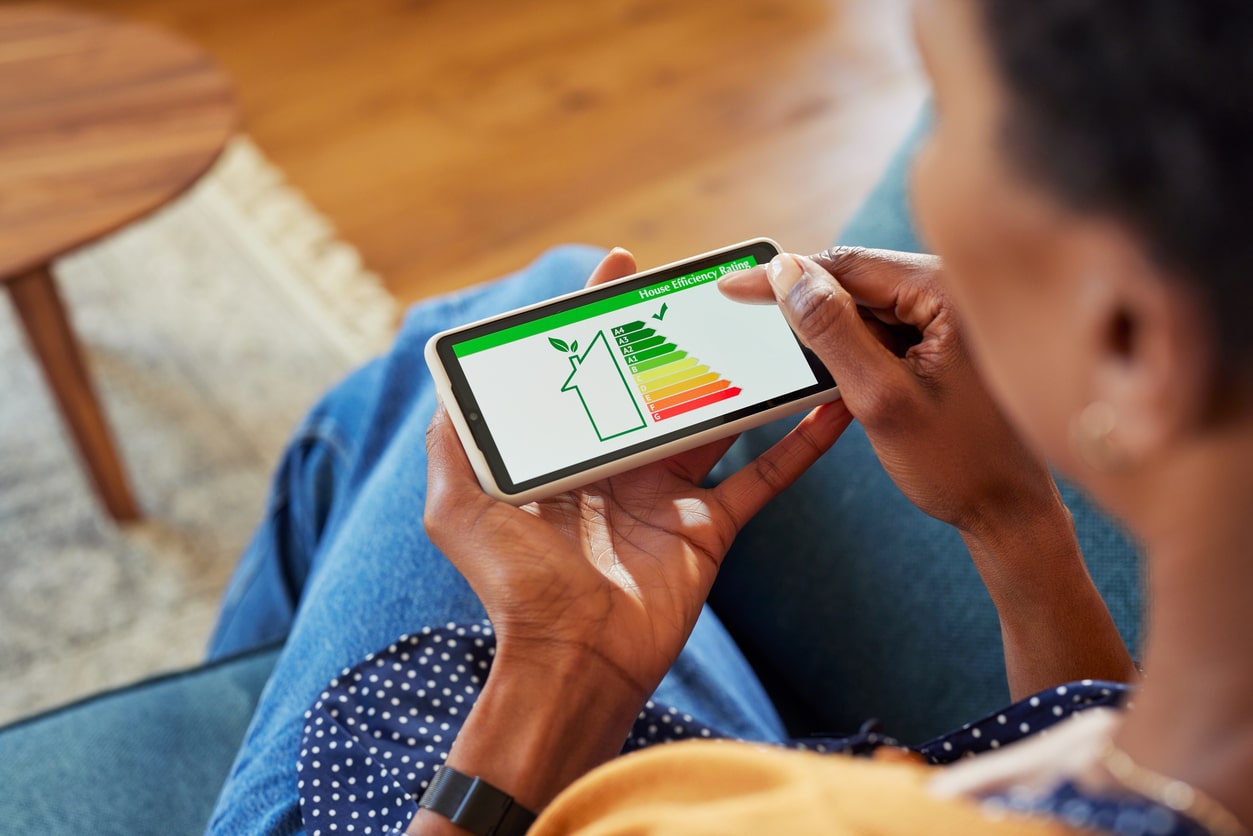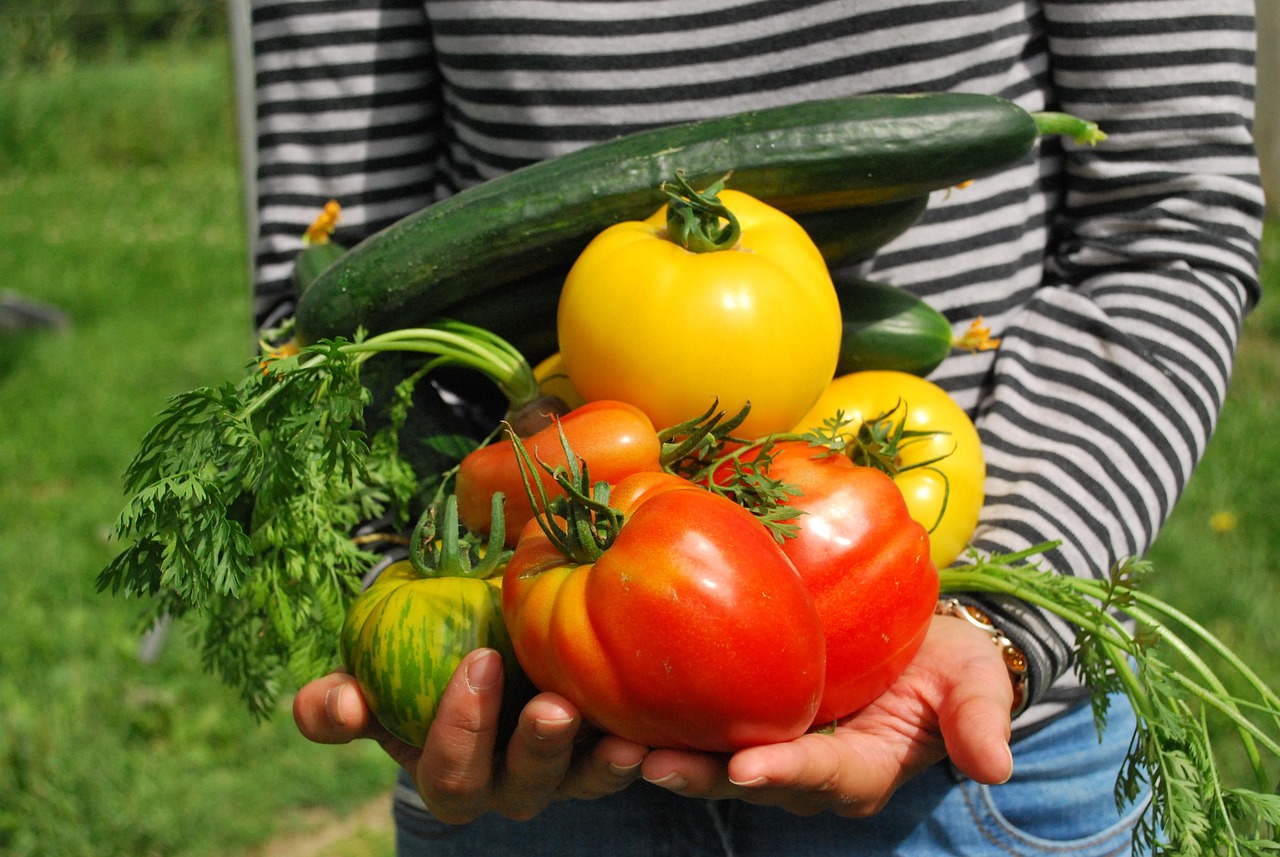
Energy-Saving Habits: 100 Top Sustainability Tips for Greener Living in 2025
March is Energy Efficiency Month and what better time, than now, to be sustainable in everyday life? Reducing power consumption is much more straightforward than you might think, as is adopting greener living in common activities. All you need are a few helpful tips to make easy lifestyle changes at home or while you’re out.
Embracing a Sustainable Lifestyle in 2025
Sustainability is no longer just a buzzword. Today, more people are embracing a sustainable lifestyle as their awareness of climate change and environmental issues grows. In fact, 67% of Americans say the United States should prioritize renewable energy developments, with 69% favoring carbon neutrality by 2050.
People are recognizing their individual impacts on the planet, causing them to transition toward greener habits to reduce their carbon footprint and preserve natural resources. Energy efficiency, in particular, can lead to a healthy environment for future generations. This has prompted many to limit power usage at home.
100 Tips on Living Sustainably Through Energy Efficiency
Decreasing energy consumption is positively associated with lower emissions and greater savings. It doesn’t take much to make a difference, either. Here are 100 ways to be sustainable in everyday life through energy efficiency.
Home Energy Efficiency Tips
You may not realize how much power your electronics and appliances use even when they’re not turned on. Likewise, leaving the lights on all the time could raise your electricity bill. The following green living tips will help you lower your energy use at home.
- Hang curtains and blinds to control light and heat.
- Fight back against energy vampires and unplug electronics, appliances and other devices when you’re not using them.
- Utilize power strips to turn off multiple items at once.
- Upgrade to energy-efficient appliances, preferably with Energy Star ratings.
- Install solar panels or another renewable power source to generate clean electricity.
- Swap conventional light bulbs for light-emitting diodes (LEDs) — LEDs use 75% less energy and last 25 times longer than incandescent bulbs.
- Only use natural light during the day.
- Opt for programmable timers for lighting.
- Ventilate your home by opening the windows when the weather’s nice.
- Set your water heater back to 120 degrees Fahrenheit.
- Insulate your home’s hot water pipes.
- Plant shading trees in front of windows to prevent indoor heat gain from direct sunlight.
- Hire a professional energy consultant to analyze your home, make recommendations and help you save money.
Heating and Cooling Efficiency Tips
Heating and cooling demand is highest during the hot and cold months. However, HVAC malfunctions, poor insulation, as well as heat loss and gain, could make your system work harder to achieve optimal indoor comfort. The following heating and cooling energy efficiency tips can help you reduce energy waste.
- Install a smart or programmable thermostat to better control indoor temperatures.
- Utilize “away mode” features on your smart thermostat to automate temperature control when you’re not home.
- Enable your smart thermostat’s learning features to track your habits and automatically adjust the temperature to your liking.
- Install a zoning system in your home to control temperatures in different parts of the house.
- Paint your walls white so they absorb less heat.
- Install a reflective or cool roof.
- Weatherstrip your home’s windows and doors to prevent air leaks.
- Invest in energy-efficient window upgrades.
- Seal drafts around electrical outlets.
- Use ceiling fans and portable fans to circulate cooler air instead of running your air conditioner.
- Add space heaters to specific rooms in the winter to avoid heating the whole house.
- Replace air filters every one to three months, depending on how often you use the air conditioner — this may be done more frequently in summer or warmer climates.
- Replace insulation throughout your home.
- Schedule regular maintenance of your HVAC system to ensure it works properly.
- Lower your thermostat at night or when no one is home — stay warm by layering your clothes and using extra blankets in the winter.
- Close doors to unoccupied rooms.
- Place door draft stoppers throughout your home.
- Unblock air vents for optimal airflow.
Water Conservation Tips
Are you wondering how water and energy consumption are related? Pumping, treating, heating and distributing water throughout your home and yard requires power. If you live somewhere with frequent water shortages — such as California and Arizona — significant energy input is needed to extract resources. Use these tips to decrease usage by saving water.
- Wash dishes and laundry only when you have accumulated enough for a full load.
- Wash your laundry in cold water to reduce energy use.
- Install water-efficient fixtures — low-flow showerheads and faucets save 60% more water than standard models.
- Take shorter showers and avoid taking baths.
- Install a dual-flush toilet.
- Sweep debris from the driveway, walkway and patio with a broom instead of using the hose.
- Repair leaky faucets immediately.
- Upgrade your home’s water heater to a more efficient model.
- Water your landscaping in the early morning or late afternoon to reduce evaporation.
- Avoid overwatering your garden by installing a timer on your sprinkler system.
- Wash your car with a bucket of water instead of the hose.
- Use a greywater system to reuse nonpotable water.
- Collect rainwater from gutters to irrigate plants.
- Use native plants in your garden to reduce the need for irrigation.
- Monitor your water bills for cost fluctuations, indicating a leak somewhere.
Energy-Efficient Transportation Tips
Energy-saving habits aren’t solely for at home. There are many ways to improve your efficiency when you’re going somewhere. Considering the transportation sector accounts for 27% of total U.S. greenhouse gas emissions — mainly due to its heavy reliance on fossil fuels — it’s essential to drive better and find alternative modes of getting around.
- Walk or bike to your destination.
- Use public transportation whenever possible.
- Carpool with friends and co-workers — you can download apps for ride-sharing opportunities.
- Plan routes to avoid traffic.
- Use your car’s air conditioning only when necessary.
- Keep your windows closed at high speeds.
- Utilize cruise control on the highway.
- Avoid weighing your car down with your belongings.
- Invest in a hybrid or electric vehicle.
- Avoid aggressive driving habits, like accelerating or braking rapidly.
- Work remotely if your company allows you to do so.
- Avoid idling.
- Opt for small, fuel-efficient cars.
- Plan to do your errands in one outing rather than make multiple trips.
- Buy a light-colored car for less heat absorption — you won’t need to run the air conditioning as much.
- Take your vehicle in for regular inspections and oil changes.
- Use a ride-hailing service, like Uber, to get around.
Lifestyle Energy Efficiency Tips
Behavioral choices you make daily can directly impact energy use. Even changing how you prepare meals, do your laundry and buy clothes can contribute to a healthier environment and more energy-efficient future. For instance, you can avoid power use and emissions from manufacturing new clothes by repairing old ones. Here are a handful of habits you can adopt as you learn to live more sustainably.
- Allow your clothes to air dry whenever possible.
- Only run the dishwasher with a full load.
- Try a plant-based diet — vegetarian and vegan diets can reduce greenhouse gases by 30%-52%, land use by 20%-45% and freshwater consumption by 14%-27%.
- Visit farmers’ markets and buy locally grown produce.
- Compost leftover food scraps to reduce energy inputs at landfills.
- Give new purpose to old items, such as using a ratty shirt as a dust rag to clean your home.
- Donate gently used items to secondhand stores.
- Use lids when cooking with pots and pans.
- Use the toaster oven or microwave to cook instead of the oven or stove.
- Purchase an induction cooktop.
- Use a slow cooker for one-pot meals.
- Cut back on paper use — for instance, subscribe to digital magazines instead of print copies.
Energy-Reducing Shopping Tips
Every item you buy has undergone a production, transportation, distribution and disposal process requiring energy input. Even the single-use bags you use to carry your groceries require power during their manufacturing. Be a conscious shopper and keep these energy efficiency tips in mind.
- Bring reusable bags to the store to prevent additional plastic manufacturing and pollution.
- Buy products with minimal packaging.
- Obtain items made from recycled materials.
- Purchase high-quality products you know will last.
- Buy in bulk from big-box retailers.
- Support sustainable and energy-efficient businesses.
- Consider product life cycles and participate in brands’ product return programs.
- Shop locally to reduce transportation energy use and emissions.
- Rent or borrow items instead of buying them.
- Avoid impulse purchases.
- Look for eco-friendly certifications on product packaging.
- Examine energy requirements for electronics before buying.
More Green Living Tips for a Sustainable Lifestyle
Changing your daily habits makes a significant difference when it comes to a sustainable lifestyle. Aiming for greater energy efficiency is a fantastic way to reduce your carbon footprint and save money. However, there are a few more ways to be sustainable in everyday life.
- Volunteer at a cleanup event in your community.
- Use a reusable water bottle.
- Limit (or eliminate) single-use plastics, including straws and bags.
- Make eco-friendly cleaning products with simple ingredients in your pantry.
- Support ethical and fair-trade brands.
- Plan your meals to reduce food waste.
- Grow fresh herbs and vegetables at home.
- Embrace a zero-waste lifestyle.
- Plant pollinator-friendly plants in your yard.
- Support restaurants using fresh, locally sourced ingredients.
- Avoid microplastic beads by making your own sustainable beauty products.
- Use rechargeable batteries instead of disposables.
- Support tree-planting projects in your town.
Adopting Energy Efficiency Is Key to Sustainable Living
Your efforts in achieving green living are essential to creating a healthier planet, but even more so by adopting energy conservation. Whether you’re at home or on the run, reducing power consumption is critical. Practice sustainability with these helpful tips all year long



Post a comment